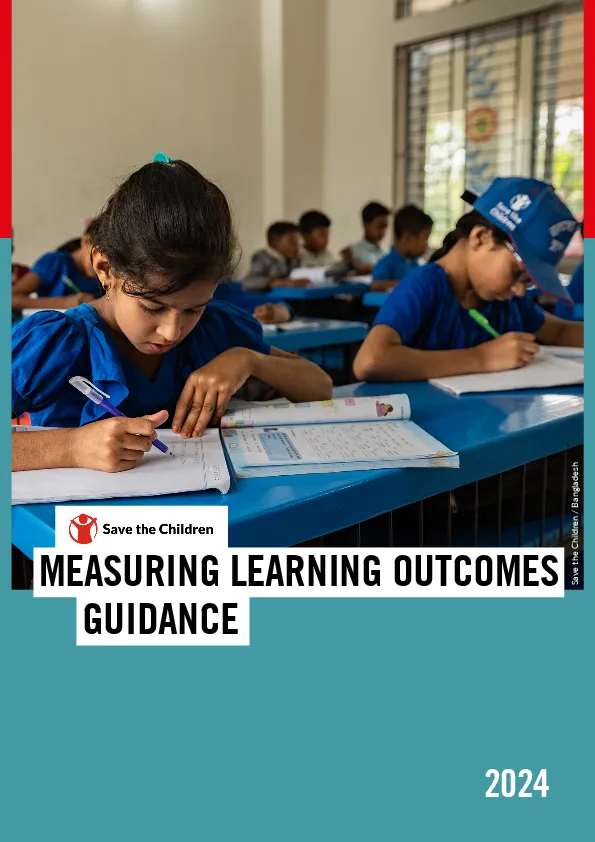
Manuals, Toolkits and Guidance, Study: Assessments
Holistic Assessment of Learning and Development Outcomes (HALDO): Administration and Adaptation Guidance*
Publication year:
2023
English
Format:
PDF (782.1 KiB)
Publisher:
Save the Children US
* External partners, email learningassessment@savechildren.org.
This resource is free to use but requires a signed MoU with Save the Children. If you are interested in using HALDO or sharing it with a partner, please email learningassessment@savechildren.org for more information and to inform the developers of new use. All HALDO implementations need to submit deidentified data to learningassessment@savechildren.org after project completion.
The Holistic Assessment of Development and Learning Outcomes (HALDO) is a learner assessment that aims to better understand the status of learners impacted by crises vis-a-vis literacy, numeracy, and social emotional learning. This assessment provides a more holistic snapshot of where children are in their learning. The results from this assessment can be used to inform decision-making processes by adding evidence on which to base education response priorities, policies, investments, and discussions with host communities and donors in the first phase of a response.
The holistic assessment includes sub-domains of literacy, numeracy, and social emotional learning along with a series of background questions. The items for each of these sub-domains have been sourced from validated instruments, used in numerous contexts with different age groups, including the International Development and Early Learning Assessment (IDELA), the International Social Emotional Learning Assessment (ISELA), the Literacy Boost Assessment, and the Numeracy Boost Assessment.
HALDO is designed to be administered to children ages 4-12 and has an adaptive structure to account for the wide age range. For each sub-domain, a learner is presented with a sub-task at a moderate foundational skill level. If the learner is able to respond correctly to all tasks, the assessor then moves to a higher order skill sub-task. If the learner is unable to respond correctly to the moderate foundational skill level items, the assessor moves to a lower order skill sub-task.
Read full abstract
Authors
View & Download
Document information
Publisher
Authors
Format
Content type
Rights
© Author/Publisher
Keywords
Found a mistake? Help us improve!
If you have noticed a document assigned to the wrong author or any other inaccuracies, let us know! Your feedback helps us keep our data accurate and useful for everyone.
Related Documents
Share
Link

